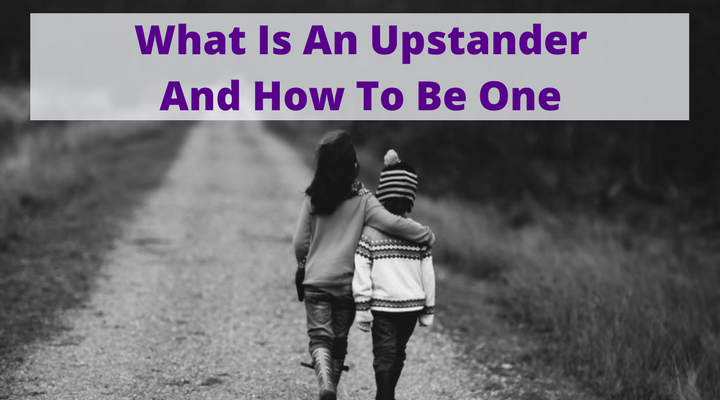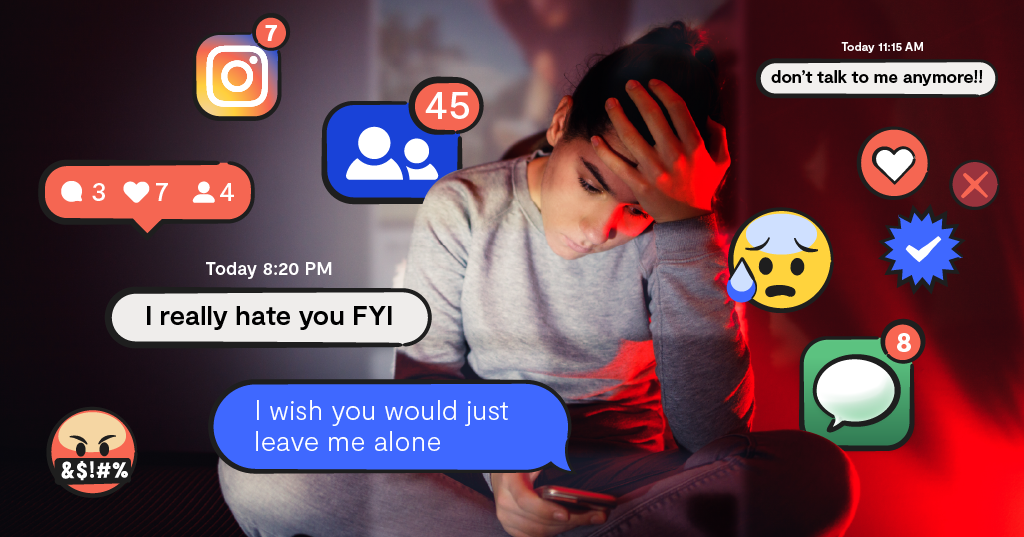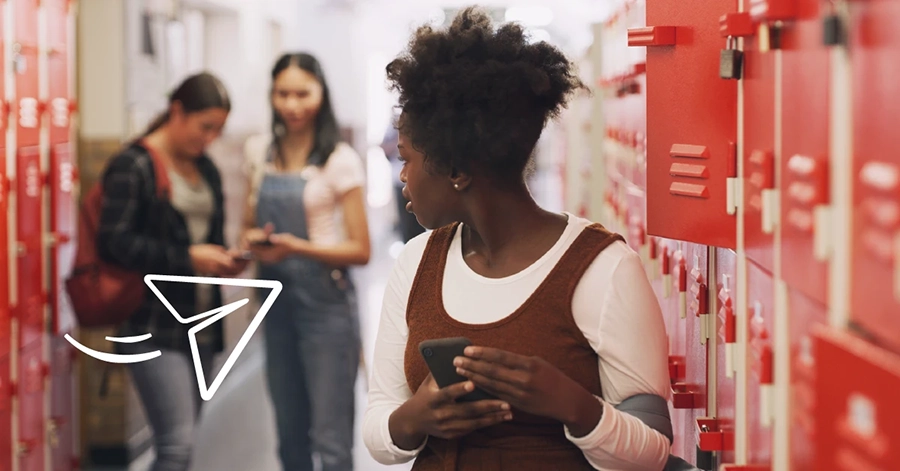
You’ve probably heard the word upstanding used in some common phrases. “Dave is an upstanding citizen.” “Sue is an upstanding member of the school’s faculty.” An Upstander definition, in a bullying situation, is someone who sees a problem and takes action.
Upstander Definition vs. Bystander
An upstander does not join in when someone is being bullied. Instead an upstander gets help from a trusted adult and supports the child being bullied in walking away. Sometimes they even stand up to the bully themselves. A bystander is someone who knows the bullying is happening, but does nothing to stop it. Bystanders often join in, or laugh at what is happening to avid peer rejection or getting bullied themselves. However, being a bystander can encourage bullying because it shows that a bully’s actions are socially acceptable.
Going from Bystander to Upstander
Becoming an upstander is courageous. It shows the victims of bullying that there are people out there who can and will do the right thing. It also shows the bullies that their actions and behaviors are not acceptable. Going from being a bystander to being an upstander may take time. It may take weeks for an upstander to recognize bullying behaviors causing distress to others before they can help.
Things an Upstander Can Do
There are many ways to start becoming an upstander and help stop the bullying that is happening in front of us. Below is a list of ways that an upstander can take action.
- An upstander may directly tell a bully to stop his or her actions.
- Some upstanders create groups of people to stand up to bullies.
- An upstander is someone who will connect with the one being bullied, providing a support system, while ignoring the bully’s words, threats, and actions.
- Some upstanders can be successful in stopping bullying by diverting the bully’s attention to something other than the victim. For example, they may bring up a new movie or a video game and start a new discussion.
- Upstanders can form anti-bullying and support groups for victims of bullying and bring awareness to other people about bullying issues in their community.
- An upstander will know they can always find a trusted adult, even if they feel they can’t personally be involved in the issue, to help the person who is being bullied.
If you know of someone who is being bullied, practice upstander skills. Start by not joining in, and eventually you can ask the bully to stop or divert their attention. If this step seems too big to take, then seek the help of a trusted adult. Reporting bullying to a trusted adult is not tattling because you're not trying to get someone in trouble, but instead are reporting an issue to help the victim get out of trouble. Being an upstander online is called digital citizenship. Additionally, monitor your kids' social media accounts and text messages with Bark to get alerts when online issues arise so you can help your kids be upstanders.
Upstanders Can Help Peers
People who are bullied need support so they do not feel alone. That is why programs like the Pop Culture Hero Coalition are so important. Co-founded by author Carrie Goldman, the Coalition uses the universal appeal of comics, film & TV to create anti-bullying programs in schools. They teach kids the upstander definition and how to be heroes and upstanders in their school community. By showing the person who was bullied that they support them and that not everyone is a bully, an upstander can help out their peers a lot!
Read more
Bark helps families manage and protect their children’s digital lives.





